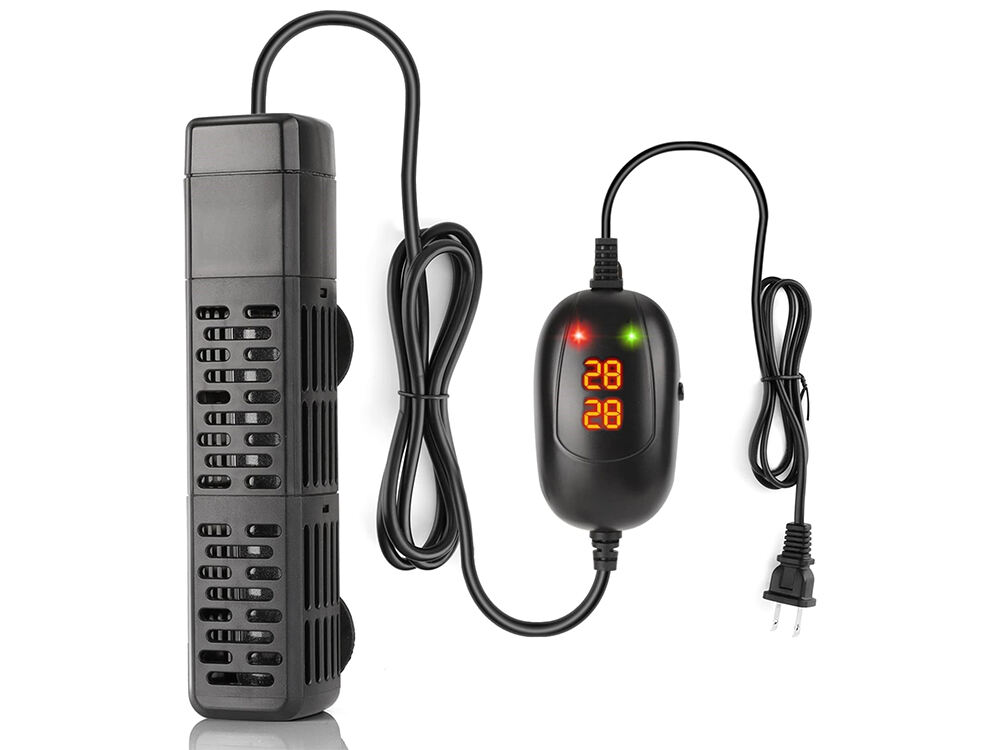Aquarium filters are not just accessories; they are the unsung heroes that ensure the survival and prosperity of your underwater ecosystem. For fish and plants to thrive, a clean and balanced environment is crucial, and understanding the different types of aquarium filters available is the first step towards creating this haven. Whether you're a novice who has just brought home a small 10-gallon kit or a seasoned hobbyist managing a sprawling reef tank, the right filter can make all the difference between murky chaos and crystal-clear tranquility. In this comprehensive guide, we will delve deep into the world of aquarium filters, exploring their various types, functions, and benefits, equipping you with the knowledge needed to make an informed choice for your aquatic setup.
The Three Pillars of Aquarium Filtration
Filters can be categorized into three primary types: mechanical, biological, and chemical. Each type plays a distinct yet complementary role in maintaining the cleanliness, safety, and clarity of your aquarium water, working in harmony to create a self-sustaining ecosystem.
Mechanical Filters: The First Line of Defense
Mechanical filters serve as the initial barrier against debris and contaminants in your aquarium. They physically remove large particles such as dirt, fish waste, uneaten food, and even stray hairs from the water. The most common materials used in mechanical filters are sponges, pads, or foam. As water passes through these materials, the gunk gets trapped, preventing it from circulating further in the tank. Regular maintenance is essential for mechanical filters. Cleaning or replacing the filter media at appropriate intervals is crucial to prevent the build-up of trapped debris, which can otherwise lead to the growth of harmful bacteria and a decline in water quality. By effectively removing visible waste, mechanical filters not only keep your aquarium looking tidy but also ensure that subsequent filtration processes can work more efficiently.
Biological Filters: The Natural Cleanup Crew
Biological filters rely on the power of beneficial bacteria to break down toxic substances in the aquarium water. Fish waste and uneaten food produce ammonia, which is highly toxic to aquatic life. Through a process known as the nitrogen cycle, biological filters convert ammonia into nitrite and then into less harmful nitrate. Bio-wheels, ceramic rings, and sponge units are common forms of biological filters. These structures provide a large surface area for bacteria to colonize and grow. By understanding the principles of biological filtration and the importance of the nitrogen cycle, you can select a biological filter that best supports the specific needs of your tank, ensuring a stable and healthy environment for your fish and plants.
Chemical Filters: The Problem Solvers
Chemical filters come into play when dealing with specific impurities that mechanical and biological filters may not be able to handle. They are designed to remove water pollutants, eliminate unpleasant odors, and correct unsightly discoloration. Activated carbon and special resin chips are the most commonly used media in chemical filters. These materials have a high adsorptive capacity, allowing them to bind to and remove a wide range of contaminants. While chemical filtration is not always a necessity in every aquarium, it can be extremely useful in certain situations, such as when introducing new fish to the tank or when dealing with sudden water quality issues. Knowing when and how to use chemical media can give your aquarium an extra boost of health and clarity, ensuring that your water remains in optimal condition.
Making the Right Choice: Factors to Consider
Selecting the appropriate filter for your aquarium is a decision that should be based on several key factors. The size of your tank is a fundamental consideration. Smaller tanks, such as a 10-gallon setup, can often be adequately serviced by a simple sponge or small internal filter. In contrast, larger tanks, like a 75-gallon showpiece, require the more powerful capabilities of a canister or large external filter. Another crucial factor is the flow rate of the filter. Different fish species have varying preferences for water currents. For example, tetras tend to thrive in gentle currents, while some cichlids are more active and prefer faster-moving water. Matching the filter's flow rate to the needs of your fish is essential for their comfort and well-being. Additionally, consider the type of fish and plants in your tank, as well as the overall setup and maintenance requirements, to ensure that the chosen filter meets all your aquarium's specific needs.
Maintenance: Keeping Your Filter in Top Shape
Regular maintenance is the key to ensuring that your aquarium filter continues to function optimally. This includes rinsing or replacing filter pads, checking for hidden clogs in the filter system, and listening for any unusual sounds from the pump. By staying on top of these maintenance tasks, you can ensure that the water in your aquarium remains clear and clean, and that the filter itself has a longer lifespan. Neglecting filter maintenance can lead to a decline in water quality, which can have serious consequences for the health of your fish and plants. Establishing a regular maintenance schedule and following it diligently is essential for the long-term success of your aquarium.
The Future of Aquarium Filtration: Trends and Innovations
The world of aquarium filters is constantly evolving, with new technologies and trends emerging to make the hobby more accessible and enjoyable. One of the most significant trends is the development of smart filters. These innovative devices can be connected to your smartphone, allowing you to monitor and control various aspects of your aquarium from anywhere. You can track important parameters such as temperature, pH, and pump speed in real-time, and receive instant alerts if any issues arise. This enables you to take proactive measures to address problems before they escalate, ensuring the well-being of your aquatic pets.
Another growing trend is the increasing focus on eco-friendly options. As awareness of environmental issues grows, more and more aquarium enthusiasts are looking for filters that are not only effective but also sustainable. Brands are now offering energy-saving pumps, replaceable parts, and biodegradable filter media, which not only reduce the environmental impact but also provide a more cost-effective and convenient solution for aquarium maintenance. By staying informed about these trends and innovations, you can choose filters that align with your values and enhance the overall experience of keeping an aquarium.
In conclusion, understanding the different types of aquarium filters available is essential for creating a healthy and thriving underwater world. By familiarizing yourself with the functions and benefits of mechanical, biological, and chemical filters, considering the key factors when choosing a filter, maintaining it regularly, and staying updated on the latest trends and innovations, you can ensure that your aquarium remains a beautiful and vibrant ecosystem for your fish and plants to enjoy.
Table of Contents
- The Three Pillars of Aquarium Filtration
- Mechanical Filters: The First Line of Defense
- Biological Filters: The Natural Cleanup Crew
- Chemical Filters: The Problem Solvers
- Making the Right Choice: Factors to Consider
- Maintenance: Keeping Your Filter in Top Shape
- The Future of Aquarium Filtration: Trends and Innovations










